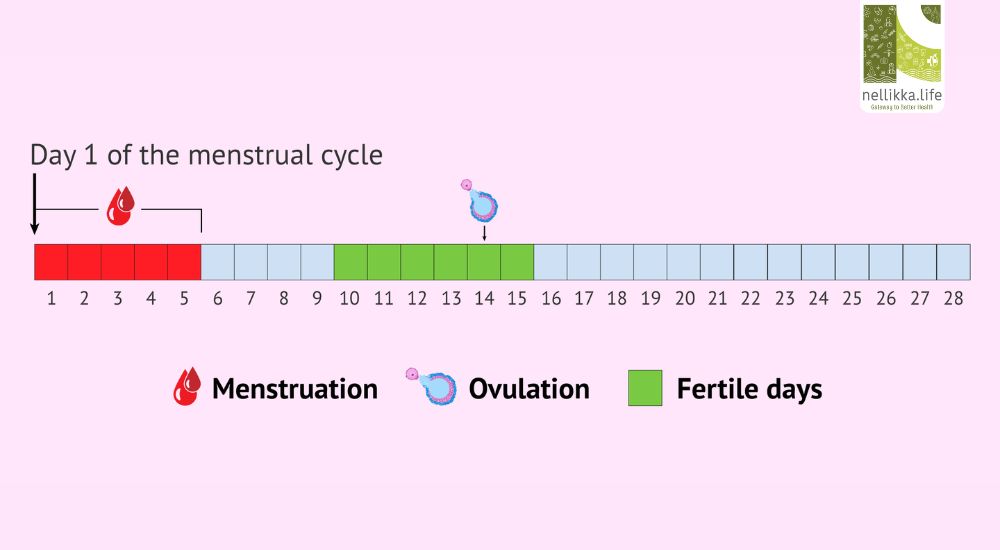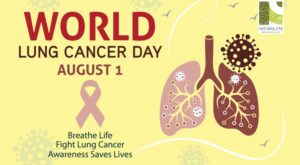All About Timing Sex for Pregnancy: Maximizing Your Fertility Window

Conceiving a baby isn’t just about frequency—it’s about timing. For couples trying to get pregnant, understanding when and how to have sex can significantly increase the chances of conception. This blog breaks down the science of fertility, ovulation, and intercourse timing to help you make informed decisions on your journey toward parenthood.
What Is the Fertile Window?
The fertile window is the span of days in a woman’s menstrual cycle when pregnancy is most likely to occur. It typically spans six days—the five days leading up to ovulation and the day of ovulation itself.
- Ovulation is when an ovary releases an egg.
- Sperm can live in the female reproductive tract for up to 5 days.
- The egg survives for about 12–24 hours after ovulation.
Thus, having sex during the fertile window gives the sperm time to reach and fertilize the egg.
How to Track Ovulation
Accurate ovulation tracking is the cornerstone of timed intercourse. Methods include:
1. Calendar Method
- Ovulation typically occurs about 14 days before the onset of the next menstrual period. While cycle lengths can vary among individuals, ovulation generally falls on day 14 of a 28-day cycle and around day 17 in a regular 31-day cycle. However, in individuals with irregular menstrual cycles, ovulation timing may be unpredictable.
- However, cycle lengths can vary, so this is best for women with regular cycles.
2. Basal Body Temperature (BBT)
- BBT drops slightly before ovulation and rises afterward.
- Charting your temperature daily upon waking can indicate ovulation retrospectively.
3. Cervical Mucus Monitoring
- Fertile mucus is clear, stretchy, and slippery (like egg whites).
- A change to this type of mucus signals ovulation is near.
4. Ovulation Predictor Kits (OPKs)
- Detect luteinizing hormone (LH) surge, which precedes ovulation by ~24–36 hours. Can be used as a urine-based home ovulation test kit.
- Highly accurate and easy to use at home.
5. Ultrasound and Hormonal Monitoring
- Used in fertility clinics to predict ovulation precisely.
- Beneficial for those undergoing assisted reproduction or fertility treatments.
When to Have Sex to Maximize Chances
Studies show the best days to have intercourse are the two days before ovulation and the day of ovulation.
Ideal schedule:
- Start having sex every other day after the end of menstruation.
- Increase frequency to daily sex during the 3–5 days before ovulation.
- Avoid long gaps (more than 5 days) between ejaculations, as sperm quality may decline.
- Too frequent sex (multiple times a day) may slightly reduce sperm count, but in healthy men, this is usually not a concern.
🧬 Research: According to a study published in New England Journal of Medicine, pregnancy was most likely when intercourse occurred on the day of ovulation or one to two days before it.
⏱️ Best Time of Day to Have Sex?
While no time is definitively better, morning intercourse may benefit sperm quality as testosterone levels tend to be higher then. However, the timing of ovulation is more important than the time of day.
Avoiding Fertility Myths
- Position doesn’t matter: There’s no strong evidence that missionary position or lying down afterward improves conception.
- Orgasm not essential: While female orgasm may help sperm move upward, it’s not necessary for conception.
- No need to “save up”: Frequent ejaculation does not reduce chances unless there’s a known male fertility issue.
What If It’s Not Working?
If you’re under 35 and have been trying for over 12 months (or over 6 months if over 35), consult a fertility specialist. Possible tests include:
- Semen analysis
- Hormone testing
- Ultrasound for ovarian and uterine health
- Hysterosalpingography (HSG) for blocked fallopian tubes
Boosting Natural Fertility
- Healthy BMI: Obesity or being underweight can affect ovulation.
- Balanced diet: Rich in antioxidants, folic acid, omega-3s.
- Avoid smoking, alcohol, and excessive caffeine
- Manage stress and sleep well
When to Seek Help
Call your OB/GYN or fertility expert if:
- Your periods are irregular or absent.
- You or your partner has a known reproductive condition.
- You’re over 35 and not pregnant within 6 months of trying.
- You’ve had multiple miscarriages.
Scientific References
- Wilcox AJ et al. The timing of the “fertile window” in the menstrual cycle. NEJM. 2000;343:1835–41.
- Practice Committee of the ASRM. Optimizing natural fertility. Fertil Steril. 2017;107(1):52–58.
- World Health Organization. Infertility
- Mayo Clinic: Getting Pregnant: Fertility basics
Timing sex around ovulation is one of the most effective ways to conceive naturally. With simple tools and awareness of your cycle, you can take powerful steps toward starting your family. If things don’t go as planned, don’t lose heart—support and medical help are available.
Nellikka.life is here to support your journey to parenthood with science-backed knowledge and compassion.




